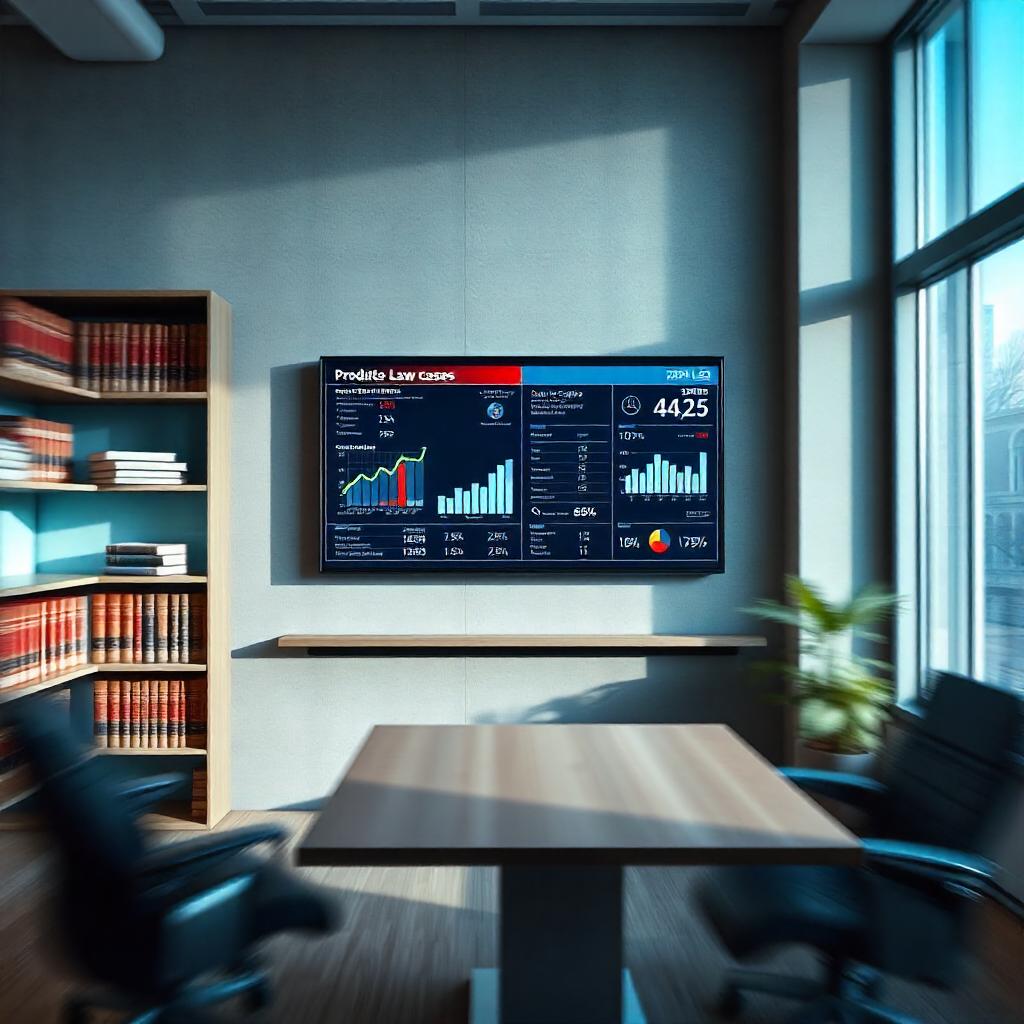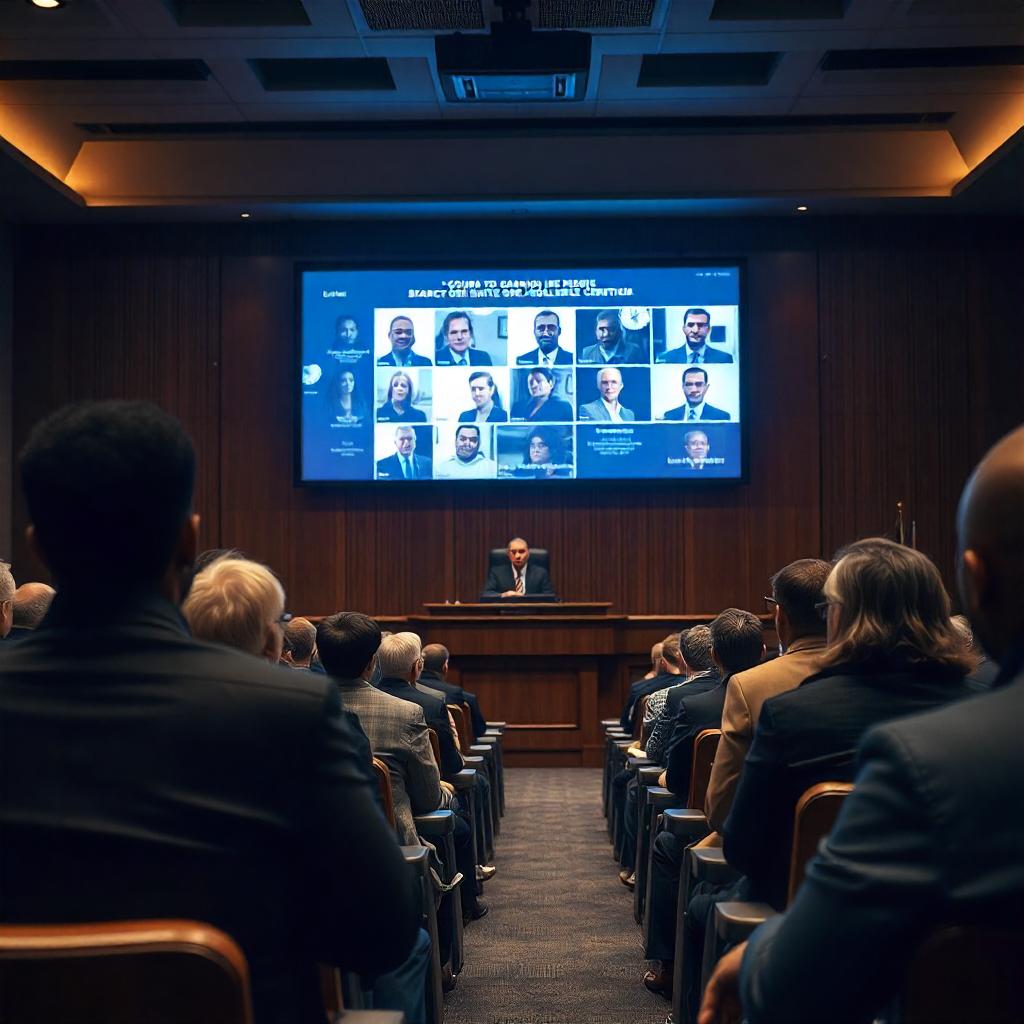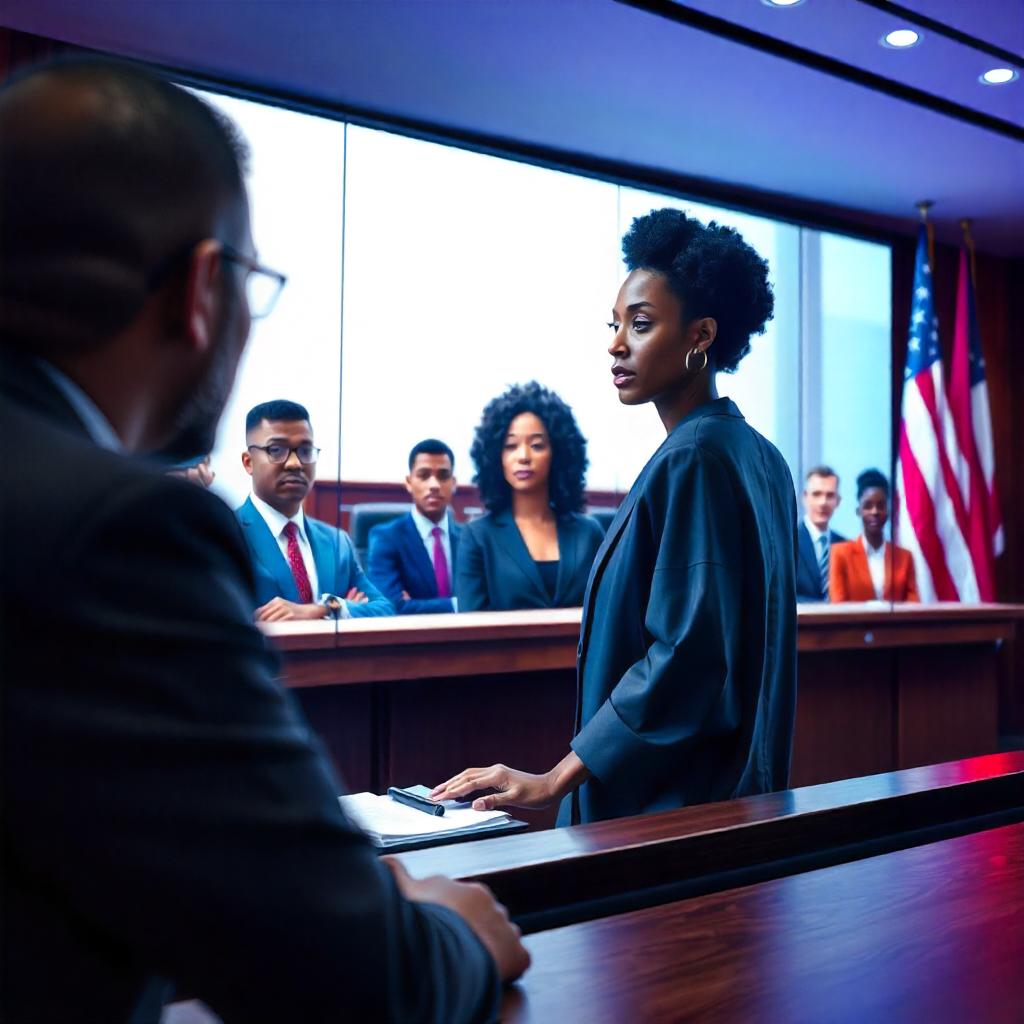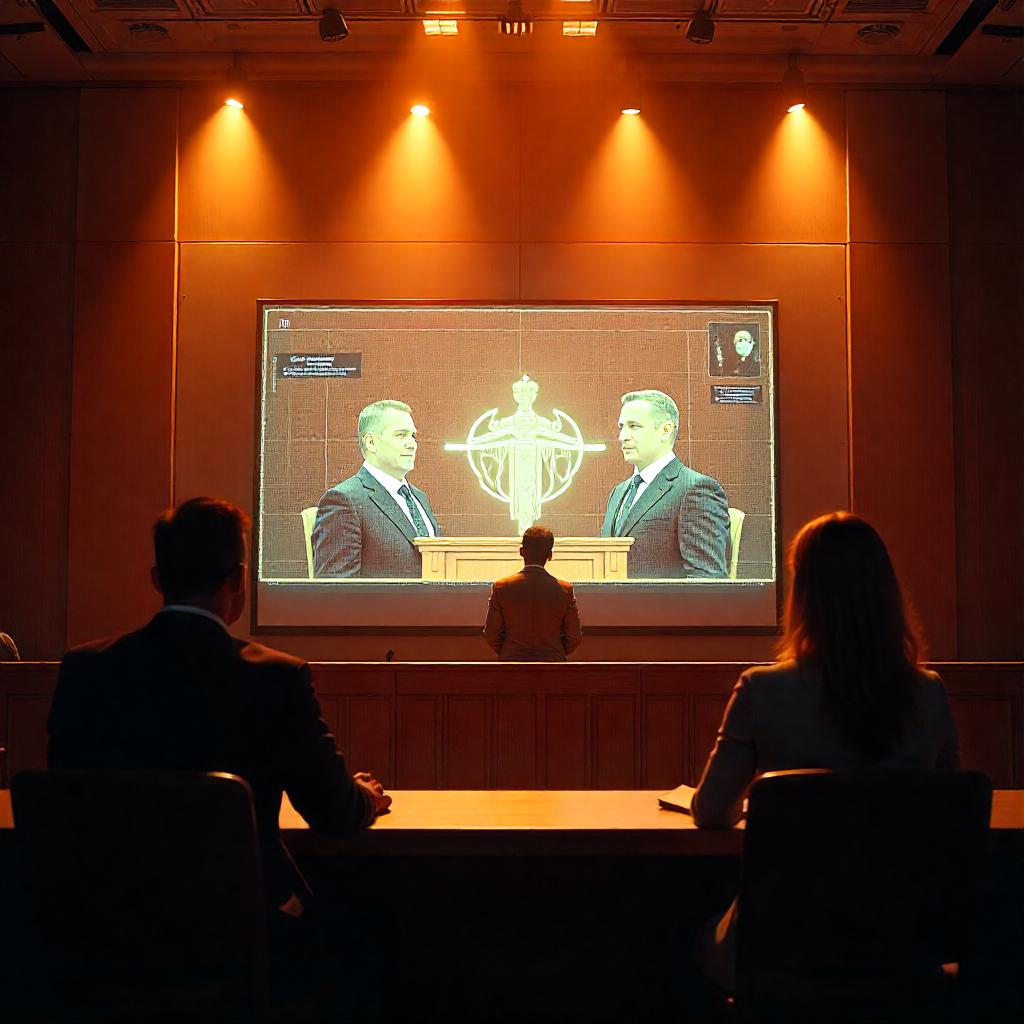- Home
- About Us
- Industries
- Agritech & Smart Farming
- Aquariums & Zoos
- Art & Cultural Exhibitions
- Automotive & Transportation
- Broadcasting & News
- Construction & Real Estate
- Corporate & Offices
- Cultural Heritage & Preservation
- Cybersecurity Operations
- Digital Content Creation & Media
- E-commerce & Online Retail
- Education
- Energy & Utilities
- Entertainment & Media
- Entertainment Arcades & Amusement
- Environmental Monitoring
- Event Management & Conferences
- Fashion & Apparel Retail
- Fashion Retail & E-commerce
- Finance & Banking
- Financial Trading & Stock Exchanges
- Fitness & Wellness
- Food & Beverage
- Food Processing & Manufacturing
- Gaming, Casinos, & Hospitality
- Government & Public Spaces
- Healthcare
- Hospitality & Event Venues
- Insurance
- Legal & Judicial
- Libraries & Community Centers
- Logistics & Supply Chain
- Luxury Cruise & Maritime
- Manufacturing & Industrial
- Meteorology & Climate Research
- Military & Defense
- Mining & Extraction
- Museums & Cultural Centers
- Non-Profit Organizations
- Oil & Gas Industry
- Professional Training & Development
- Public Health & Awareness
- Public Parks & Recreation Areas
- Public Safety & Law Enforcement
- Public Transportation
- Rehabilitation Centers
- Religious & Worship Spaces
- Renewable Energy
- Retail & Shopping Malls
- Retail Banking
- Security & Surveillance
- Social Media & Digital Marketing
- Sports & Stadiums
- Smart Cities & Urban Planning
- Supply Chain & Inventory
- Television & Film Production
- Travel & Hospitality
- FAQ
- Contact Us
- Home
- About Us
- Industries
- Agritech & Smart Farming
- Aquariums & Zoos
- Art & Cultural Exhibitions
- Automotive & Transportation
- Broadcasting & News
- Construction & Real Estate
- Corporate & Offices
- Cultural Heritage & Preservation
- Cybersecurity Operations
- Digital Content Creation & Media
- E-commerce & Online Retail
- Education
- Energy & Utilities
- Entertainment & Media
- Entertainment Arcades & Amusement
- Environmental Monitoring
- Event Management & Conferences
- Fashion & Apparel Retail
- Fashion Retail & E-commerce
- Finance & Banking
- Financial Trading & Stock Exchanges
- Fitness & Wellness
- Food & Beverage
- Food Processing & Manufacturing
- Gaming, Casinos, & Hospitality
- Government & Public Spaces
- Healthcare
- Hospitality & Event Venues
- Insurance
- Legal & Judicial
- Libraries & Community Centers
- Logistics & Supply Chain
- Luxury Cruise & Maritime
- Manufacturing & Industrial
- Meteorology & Climate Research
- Military & Defense
- Mining & Extraction
- Museums & Cultural Centers
- Non-Profit Organizations
- Oil & Gas Industry
- Professional Training & Development
- Public Health & Awareness
- Public Parks & Recreation Areas
- Public Safety & Law Enforcement
- Public Transportation
- Rehabilitation Centers
- Religious & Worship Spaces
- Renewable Energy
- Retail & Shopping Malls
- Retail Banking
- Security & Surveillance
- Social Media & Digital Marketing
- Sports & Stadiums
- Smart Cities & Urban Planning
- Supply Chain & Inventory
- Television & Film Production
- Travel & Hospitality
- FAQ
- Contact Us

Legal & Judicial
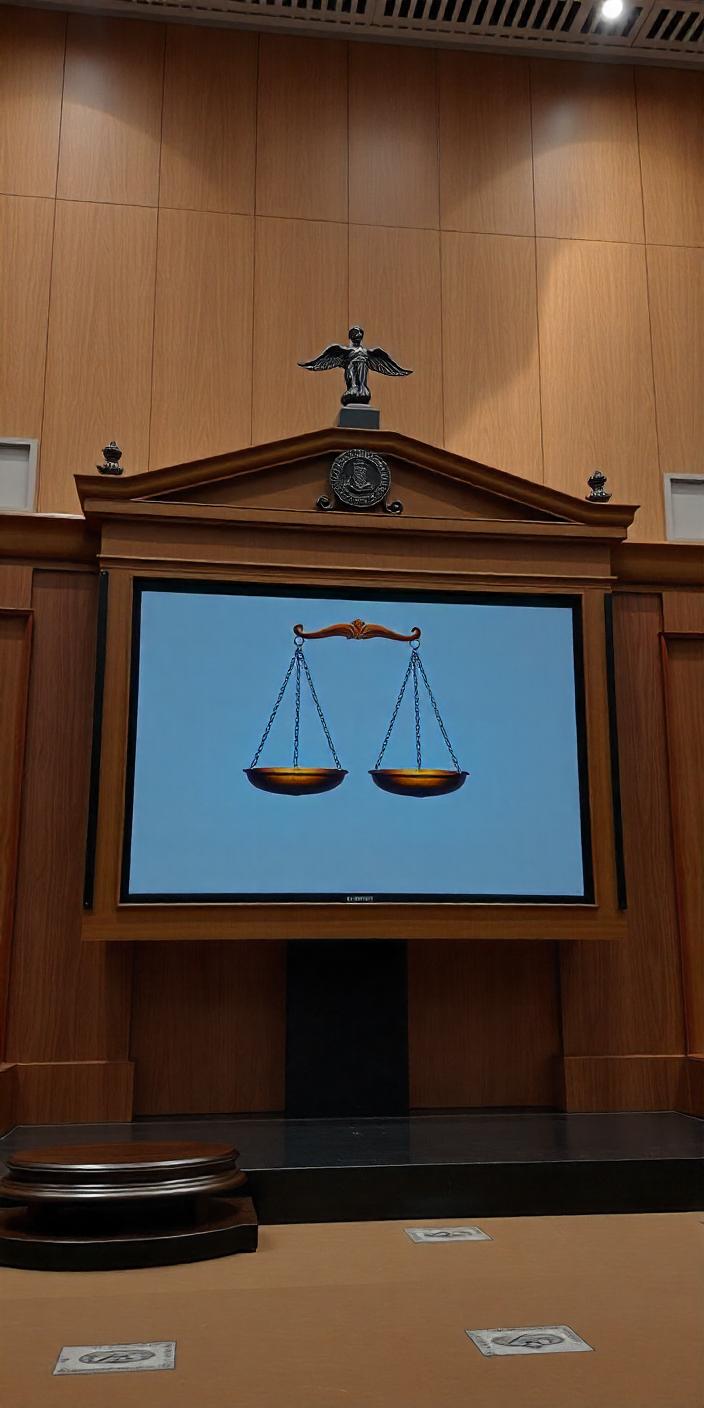
Uses Of Led Display For Legal & Judicial
In the legal and judicial sectors, active LED displays are transforming how information is presented, communicated, and accessed. These high-tech displays are becoming essential tools for courtrooms, law offices, and legal institutions, improving accessibility, engagement, and transparency. From live streaming court proceedings to displaying case information and supporting legal education, active LED displays are playing a crucial role in modernizing the legal field.
Benefits of Active LED Displays in the Legal and Judicial Sectors
- Transparency and Public Access:
Active LED displays help make judicial processes more transparent by providing real-time updates on case status, proceedings, and court schedules. This enhances public accessibility, ensuring that court actions are visible and accountable. - Real-Time Information Sharing:
LED screens enable the real-time display of case data, courtroom schedules, and legal proceedings, helping all stakeholders (judges, lawyers, witnesses, and the public) stay informed simultaneously. - Efficient Case Management:
In busy courtrooms and law offices, LED displays can be used to manage and display case lists, upcoming hearings, or important legal documents, streamlining administrative processes and reducing the risk of errors. - Enhanced Legal Education and Training:
In law schools, training facilities, or legal seminars, active LED displays can be used for educational content delivery, such as showcasing case studies, legal precedents, or live demonstrations of legal procedures. - Visualizing Evidence:
LED displays provide a platform to showcase evidence in a more engaging and accessible way, such as displaying images, videos, or digital documents that support the case, improving comprehension for judges, jurors, and the public.
Applications of Active LED Displays in Legal and Judicial Sectors
- Courtroom Displays
Purpose: Enhance communication and ensure that all stakeholders have equal access to relevant case details.
Content Ideas:
- Real-Time Case Information: Display case details, upcoming schedules, or names of witnesses, ensuring clarity and reducing confusion during proceedings.
- Evidence Visualization: Use LED screens to display photos, videos, or documents as evidence, ensuring that jurors, judges, and attorneys can review them effectively.
- Live Proceedings Streaming: Stream court proceedings on LED displays to ensure transparency, especially for public viewing or remote access.
- Public Announcement and Information Boards
Purpose: Keep the public informed of upcoming cases, sessions, and court rules.
Content Ideas:
- Court Schedules: Display daily or weekly court schedules, showing which cases are being heard, the courtroom assignments, and judge details.
- Legal Notices and Alerts: Use LED screens to share important legal notices, such as changes in schedules, public holidays, or urgent announcements.
- Public Education: Display legal tips, procedural information, or frequently asked questions for the public to learn more about the judicial process.
- Digital Signage for Law Offices
Purpose: Improve client experience and streamline operations within law firms.
Content Ideas:
- Client Case Updates: Show real-time updates on case progress, documents filed, or upcoming consultations for clients in waiting areas.
- Attorney Information: Display the schedule or availability of attorneys, case statuses, or other relevant office updates.
- Marketing and Information: Use LED displays to advertise the firm’s services, upcoming seminars, or provide information about legal rights and responsibilities.
- Legal Conferences and Seminars
Purpose: Support legal professionals in staying informed on developments within their field.
Content Ideas:
- Event Schedules: Display session times, speaker information, and conference schedules during legal conferences or seminars.
- Live Polling and Q&A: Incorporate live feedback, polls, or Q&A sessions using LED screens to encourage audience participation.
- Legal Precedents and Case Studies: Showcase important case studies, legal precedents, or court rulings that are relevant to the session topic.
- Legal Education and Training Centers
Purpose: Facilitate interactive learning and skill-building in law schools or legal training institutions.
Content Ideas:
- Case Simulation: Use LED screens to simulate courtroom scenarios, demonstrating trial procedures, legal arguments, and the role of judges and jurors.
- Legal Resources: Display legal texts, statutes, or precedents on large screens for easier reference and learning.
- Interactive Learning Tools: Implement quizzes, case study breakdowns, or legal terminology lessons using LED displays, enhancing student engagement.
- Virtual Courtrooms and Remote Hearings
Purpose: Support remote hearings and virtual courtrooms, especially during times of crisis or for accessibility.
Content Ideas:
- Video Conferencing: Use LED displays to stream virtual court hearings, enabling remote witnesses, judges, or attorneys to participate in the proceedings.
- Case Information and Updates: Provide real-time case details, agenda, or relevant documents on screen during virtual hearings to keep all participants aligned.
- Interactive Displays: Incorporate interactive features for virtual hearings, allowing lawyers or witnesses to submit evidence digitally, which can be displayed in real-time.
- Court Waiting Areas
Purpose: Enhance the waiting experience for litigants, jurors, and visitors.
Content Ideas:
- Case Status Updates: Provide real-time case updates, showing the status of upcoming hearings or the location of cases.
- Legal Information and Guidelines: Use LED screens to inform visitors about court procedures, juror duties, or general legal information.
- Courtroom Wait Times: Display estimated wait times for various courtrooms to keep visitors informed and reduce anxiety during long waiting periods.
- Jury Instruction and Jury Room Displays
Purpose: Aid in the clarity of instructions and facilitate jury deliberation.
Content Ideas:
- Instructions for Jury: Display key instructions or case summaries in the jury room to assist in decision-making and ensure clarity.
- Evidence Review: Allow jurors to review evidence, such as documents or videos, directly in the jury room to support deliberations.
- Courtroom Time Management
Purpose: Keep courtrooms on schedule and reduce downtime during proceedings.
Content Ideas:
- Clock and Time Tracking: Use LED displays to show the time remaining for each session, break periods, or time limits on speaking during trials.
- Session Notifications: Provide alerts or countdowns for scheduled court sessions, ensuring that all participants are aware of time-sensitive events.
- Legal Document Display and Court Filing Systems
Purpose: Streamline document management and visibility within courtrooms or legal offices.
Content Ideas:
- Electronic Filing Systems: Display submitted legal documents, evidence, or filings on screens, allowing for easy reference and access during proceedings.
- Document Tracking: Use LED displays to track the progress of filed documents or case submissions, helping streamline the flow of information.
Features
- List Item
- List Item
- List Item
- List Item
Advantages
- List Item
- List Item
- List Item
- List Item
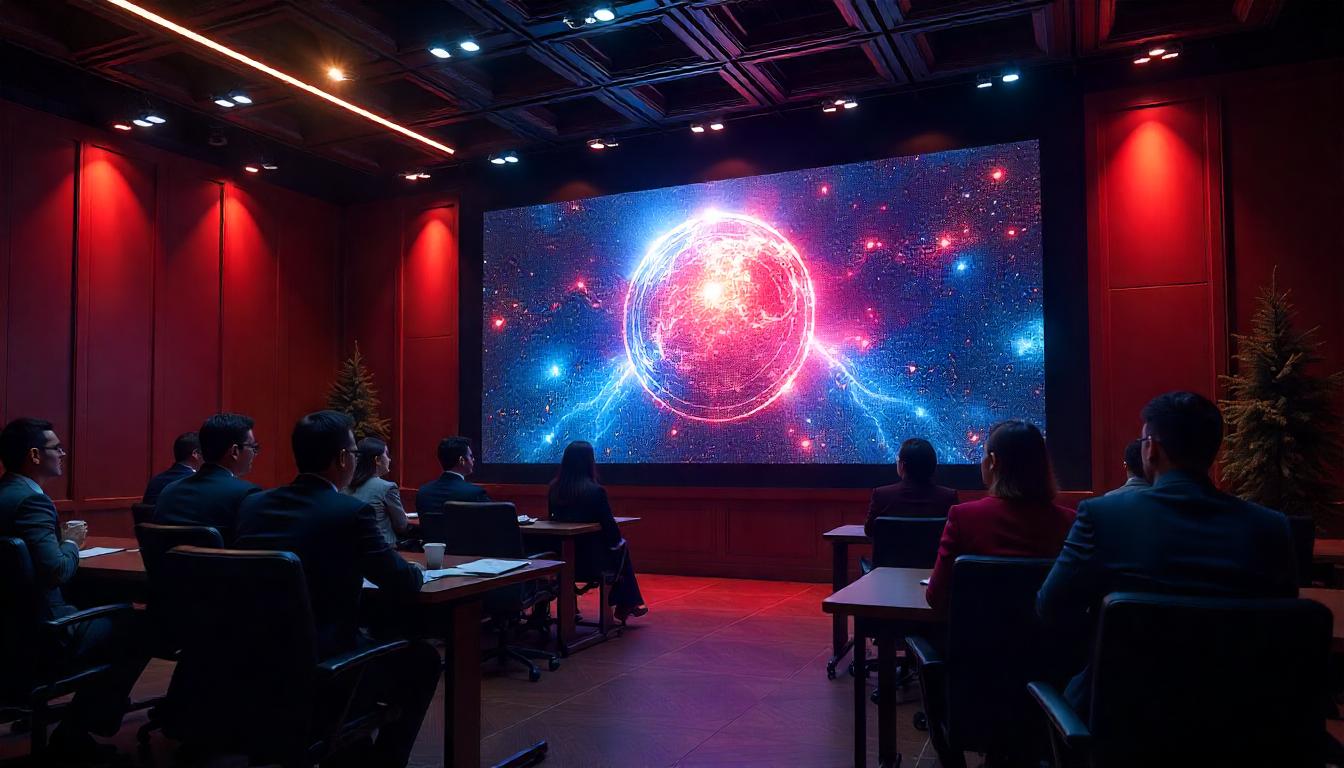
Placement Tips for LED Displays in Legal and Judicial Environments
- Courtrooms:
Position large LED screens at the front of the courtroom or above the judge’s bench to display case details, evidence, or live proceedings. Smaller screens can be placed around the room to ensure visibility for witnesses, attorneys, and jurors. - Public Areas and Lobbies:
Place LED displays in waiting areas or hallways to provide case information, court schedules, and educational content for the public and visitors. - Law Offices:
Install LED screens in client waiting areas or conference rooms to display case progress, attorney availability, or legal resources. - Jury Rooms:
Position screens within jury rooms to display relevant case information, instructions, or documents to assist jurors in their deliberations. - Legal Training Centers:
Use large screens for case simulations, lectures, and legal demonstrations to support interactive learning and improve the educational experience.
Conclusion
Active LED displays are transforming the legal and judicial sectors by enhancing transparency, streamlining communication, and improving the efficiency of courtrooms and law offices. From facilitating real-time information sharing and live streaming of court proceedings to supporting legal education and training, LED displays offer versatile and powerful solutions for modernizing legal operations. As the legal sector continues to evolve, integrating active LED displays will further enhance public access, operational efficiency, and overall engagement within the justice system.
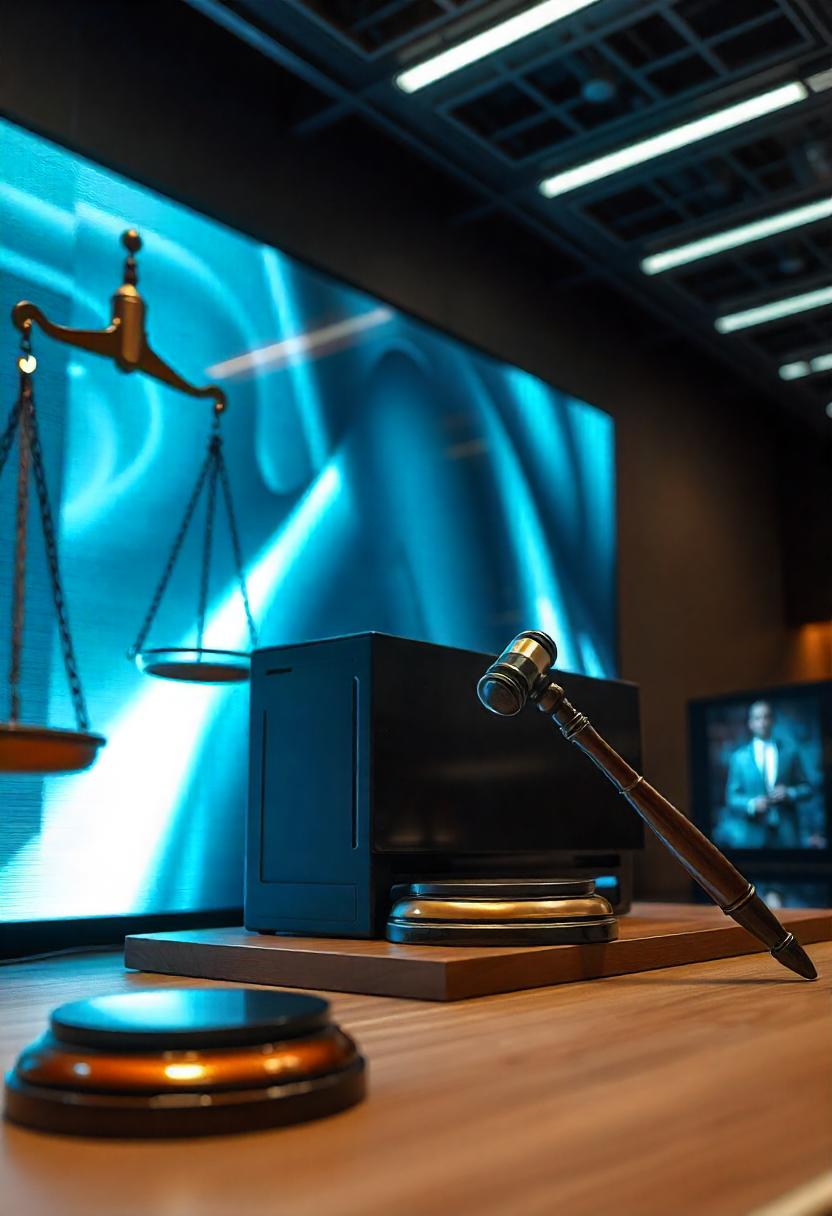
illuminits LED Walls?
Technology
There are three primary LED video wall technologies: ultra-narrow bezel LCD, rear-projection cubes, and direct-view LED displays. Ultra-narrow bezel LCD is the most cost-effective option.
Size
The great thing about illuminits video walls is that they are modular, so you can get them in any size or aspect ratio you want.
Support
The heavier the video wall system becomes, the more panels there are. This puts additional strain on the infrastructure that supports it. illuinits offers the best in-time assistance.
Service
Even high-definition video walls can have problems. This can be a minor or major issue. As a result, Aero provides a variety of comprehensive service packages that ensure minimal downtime at a low cost. Types Of LED Displays
